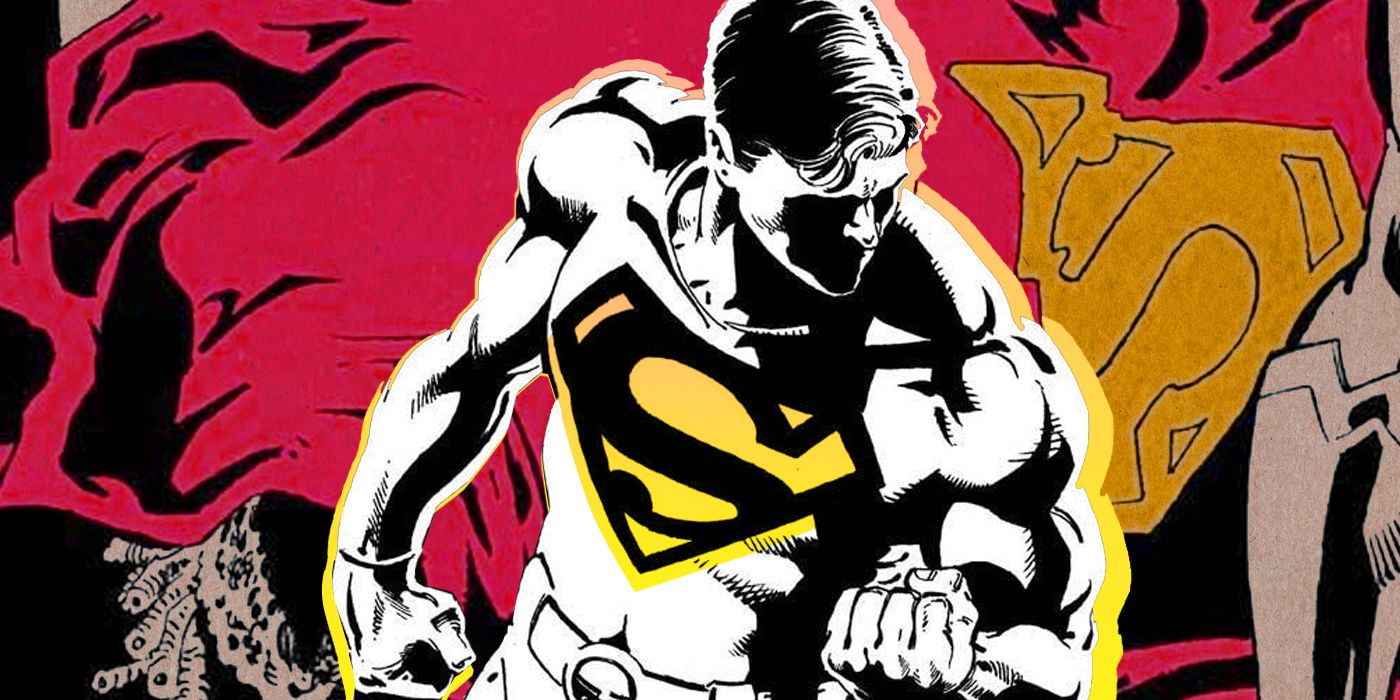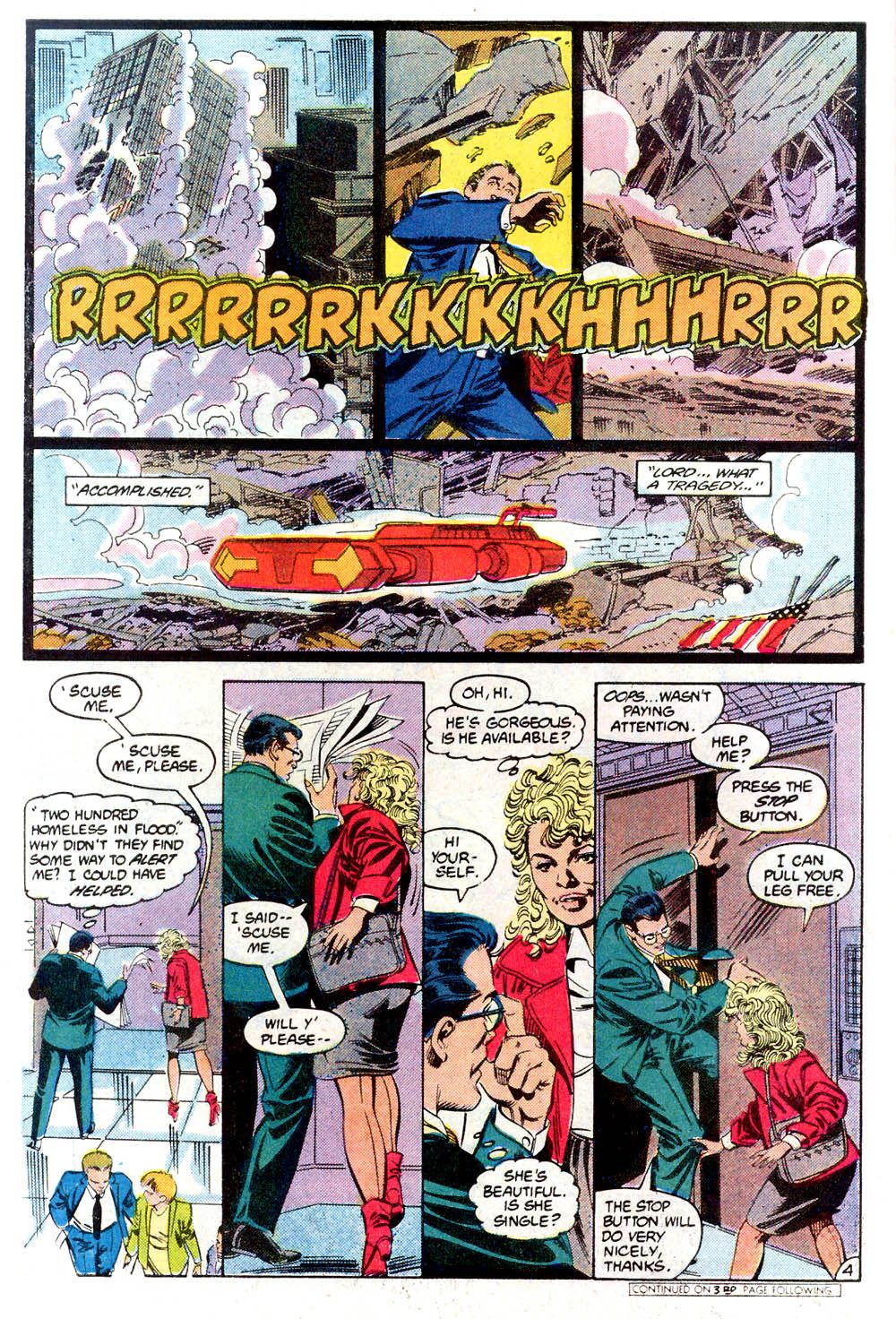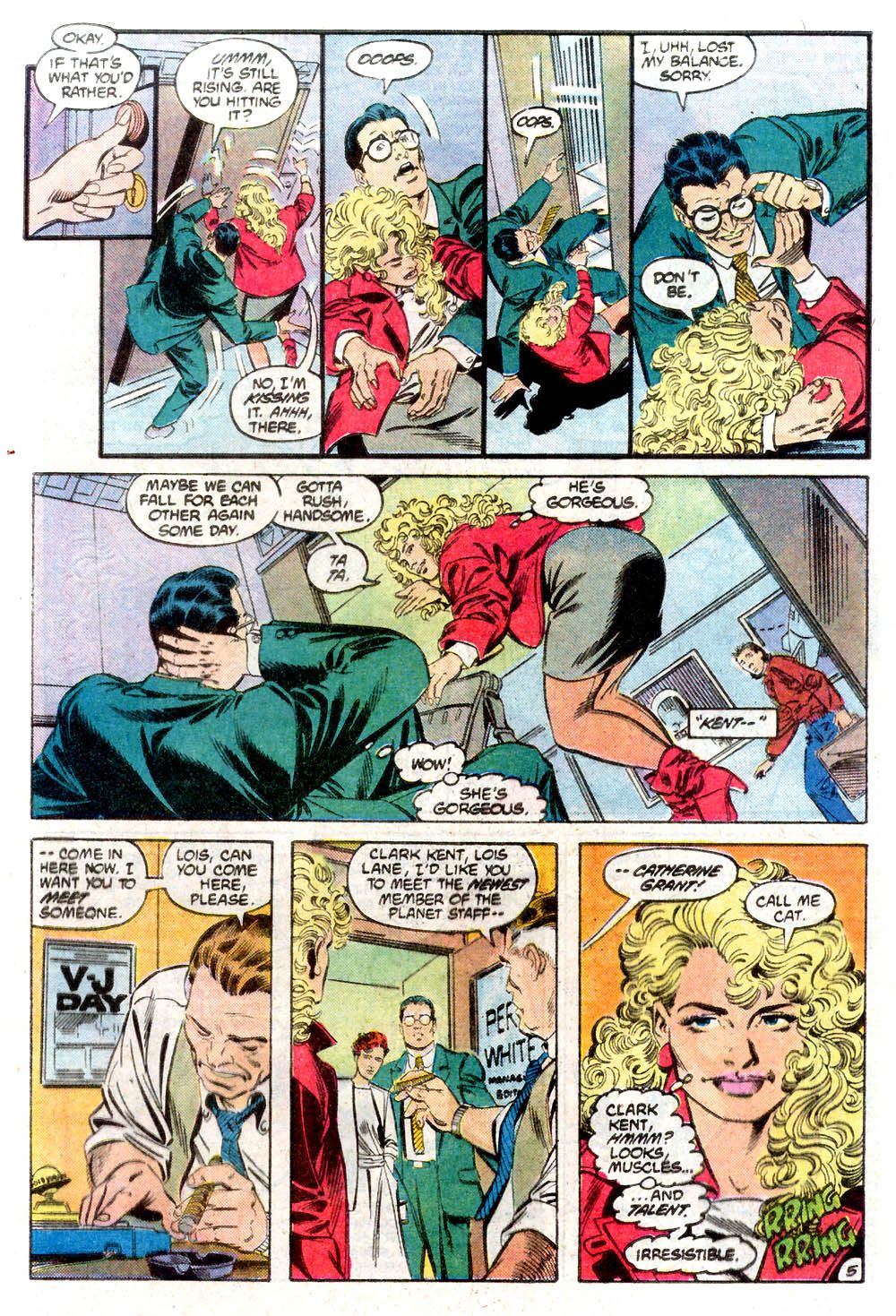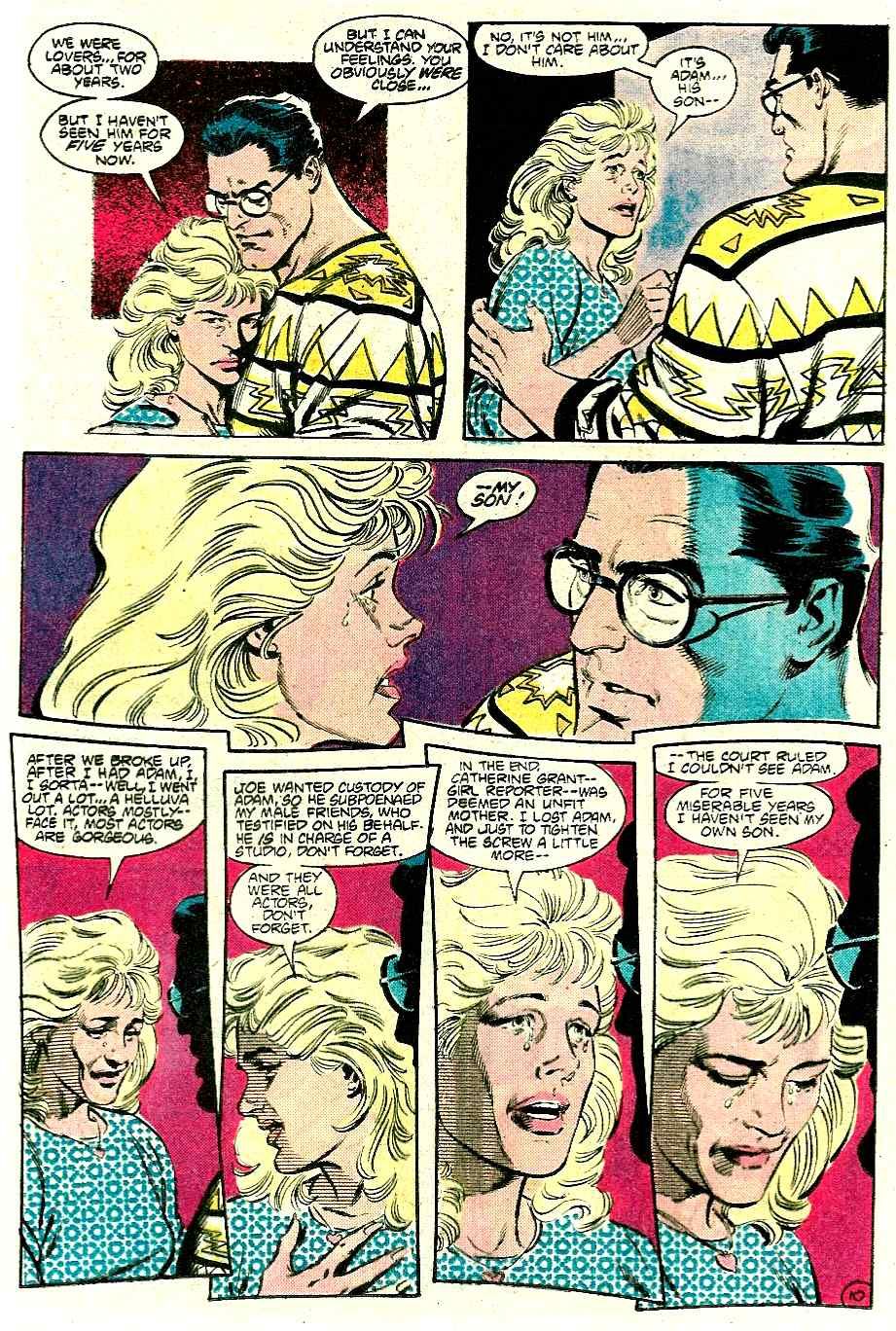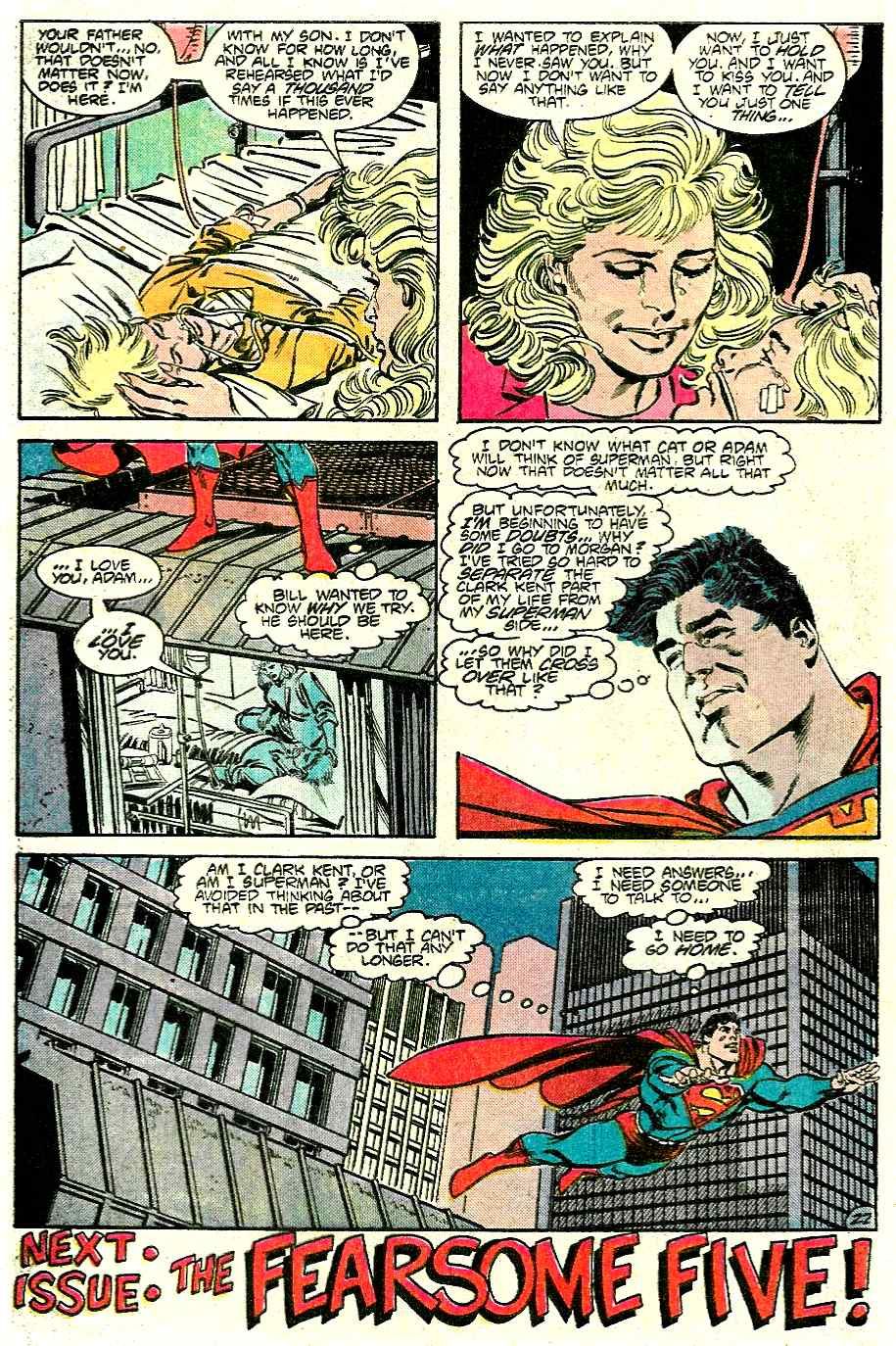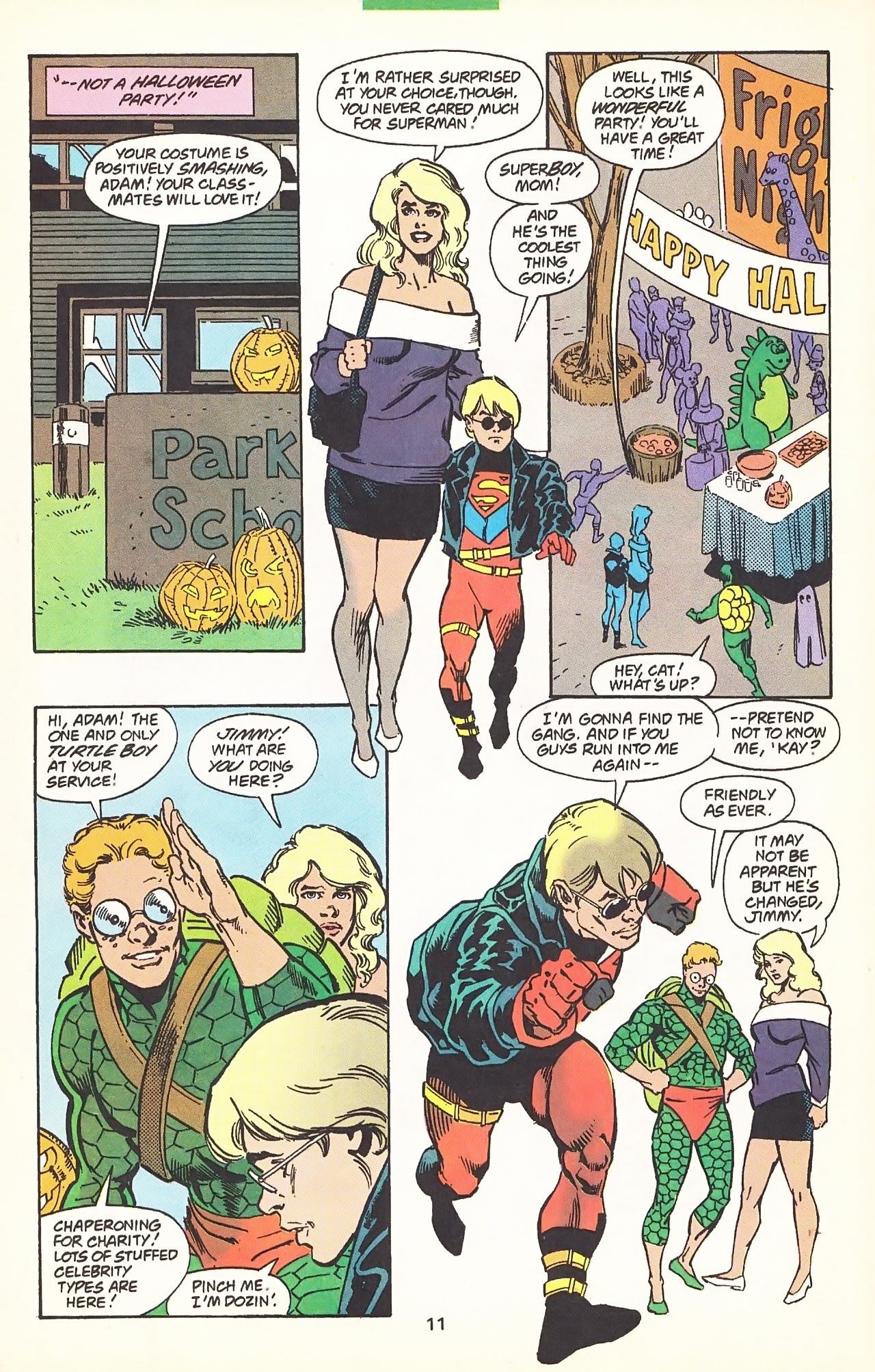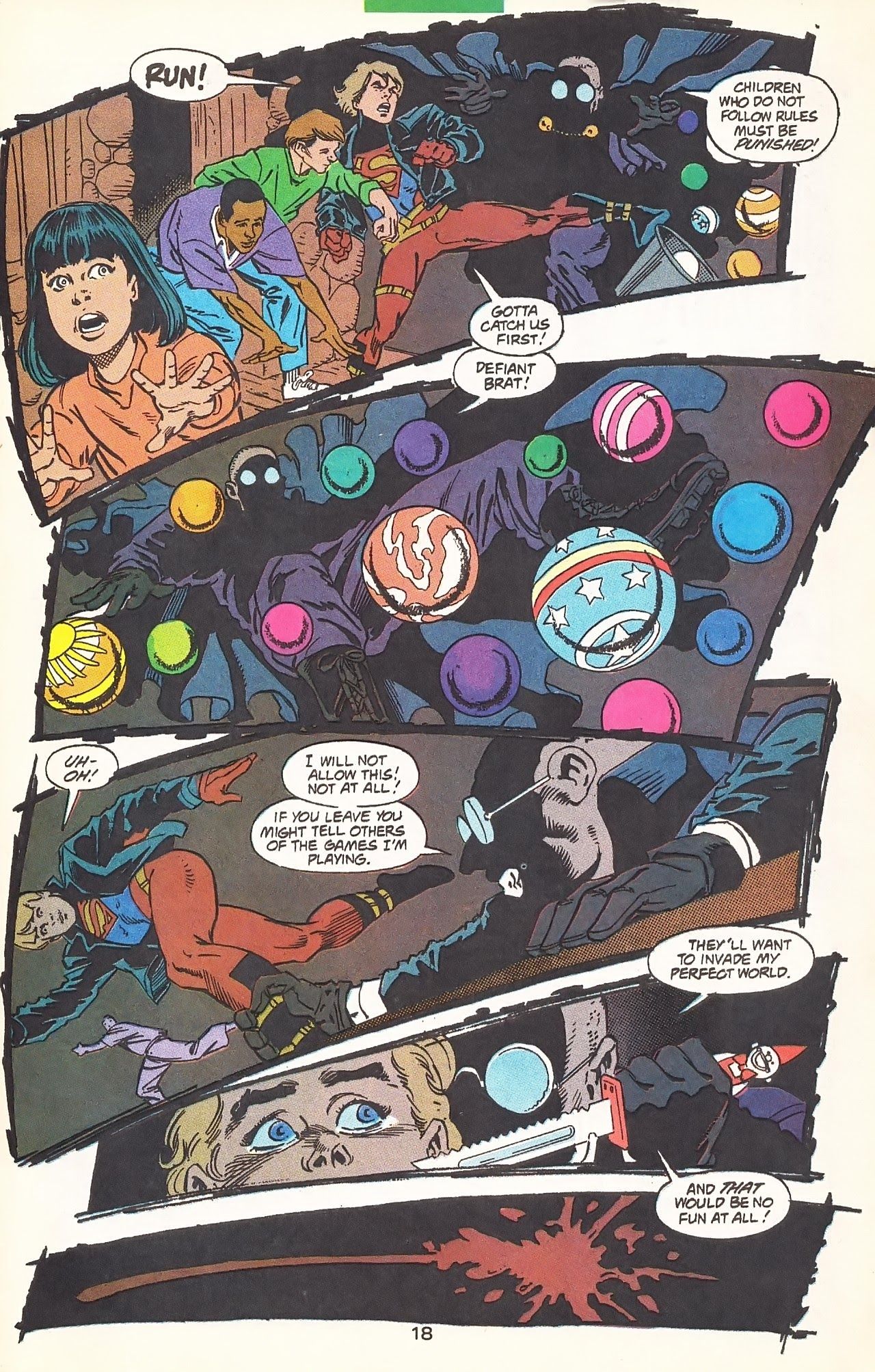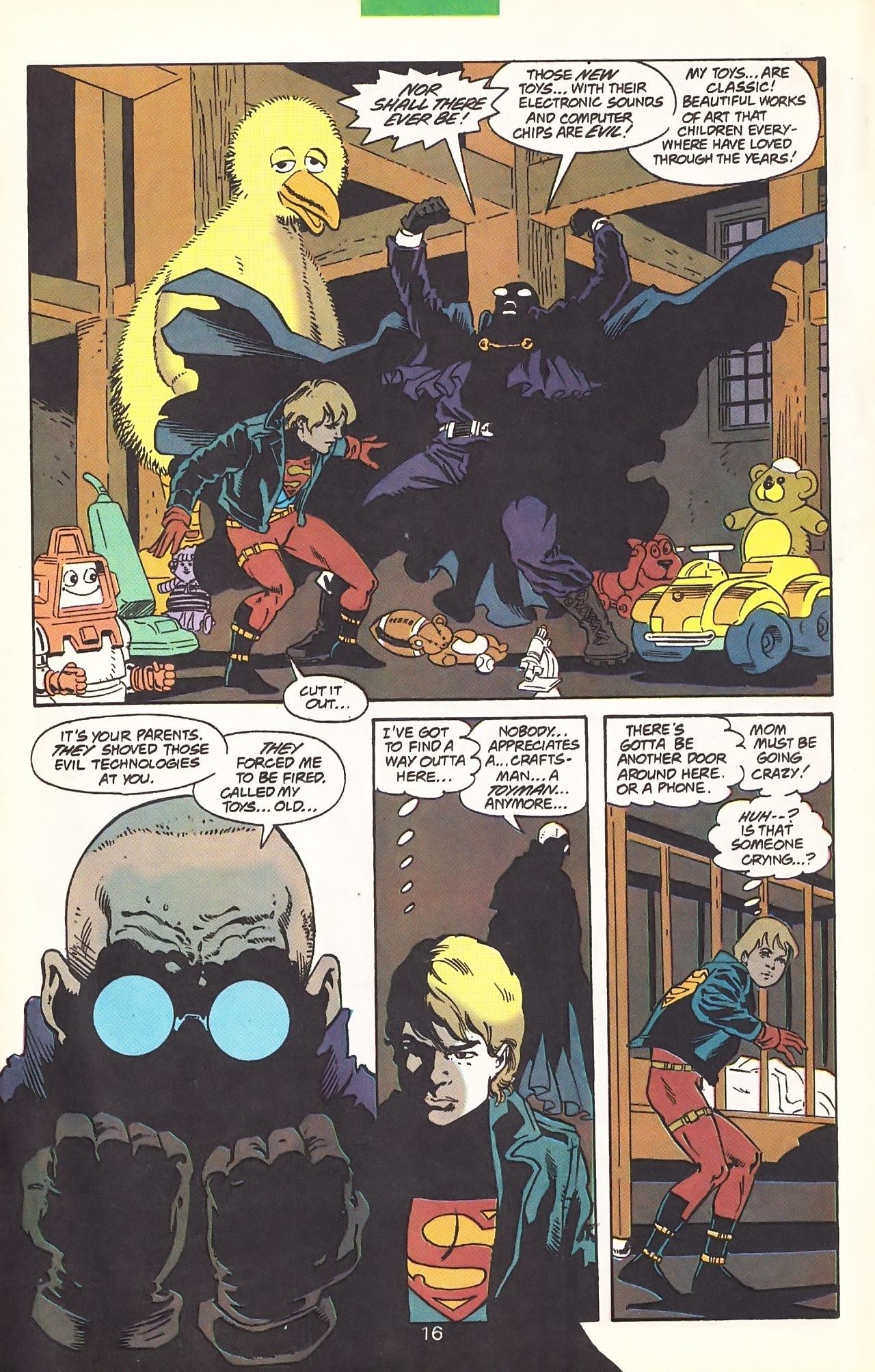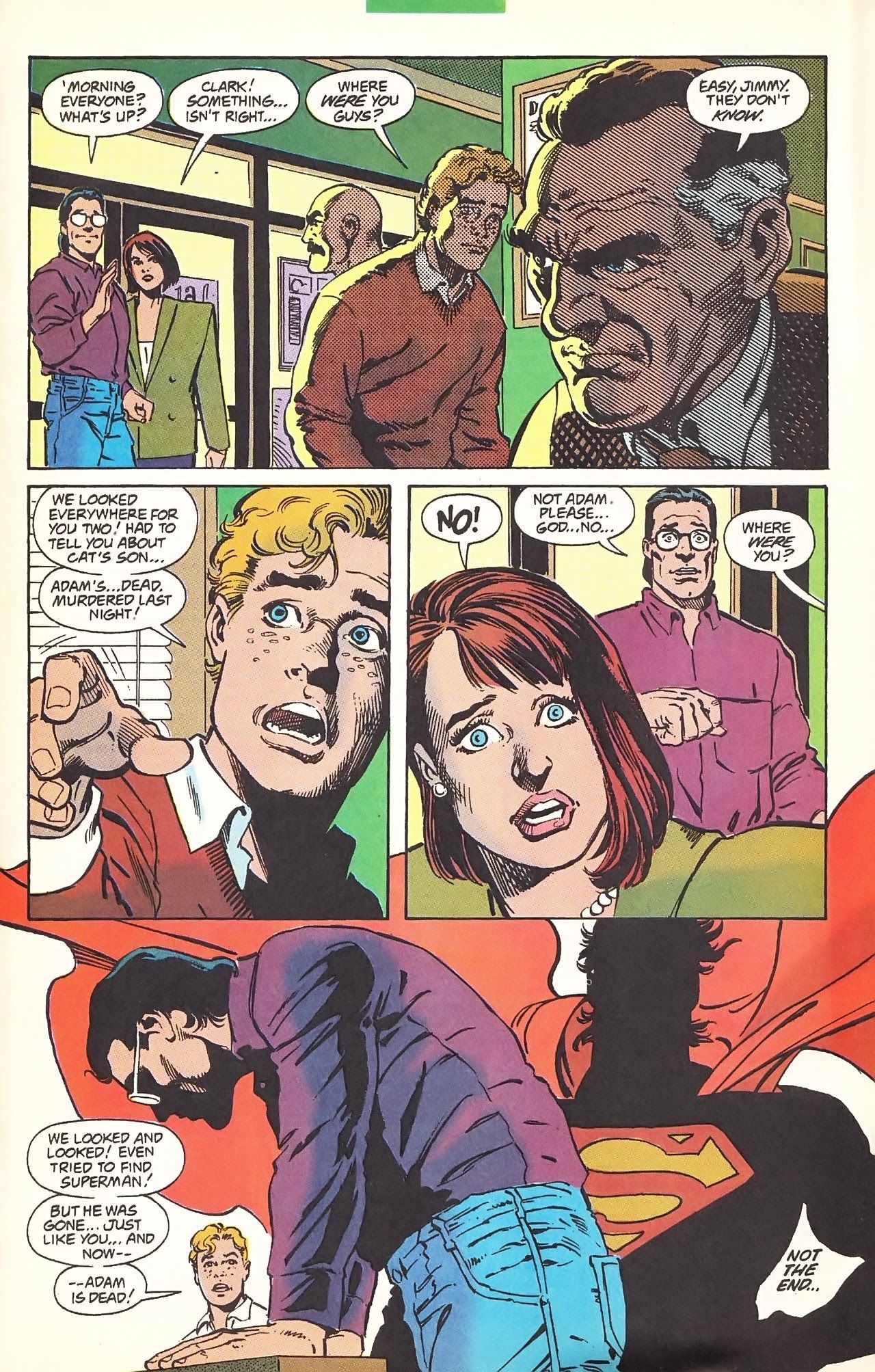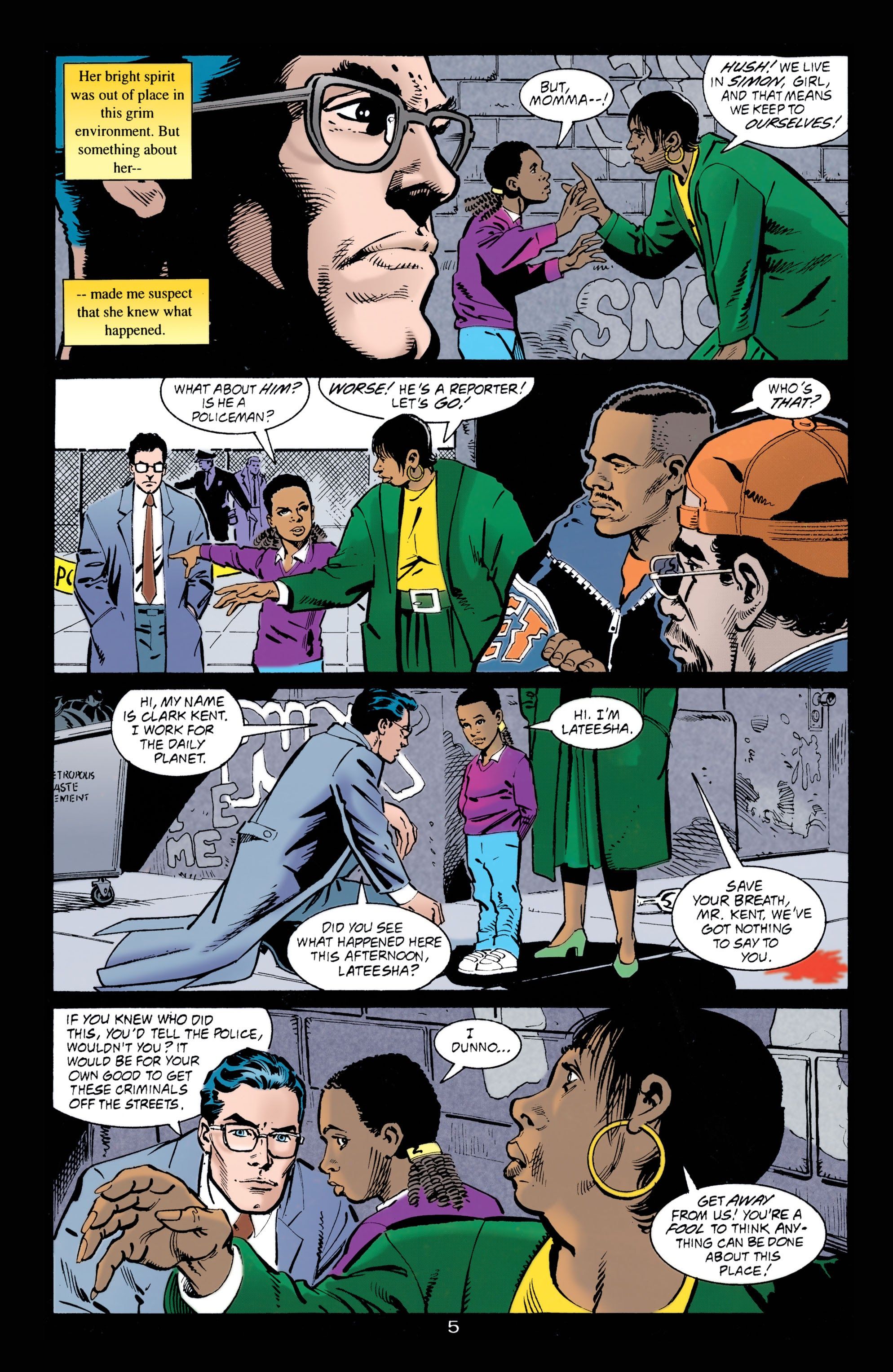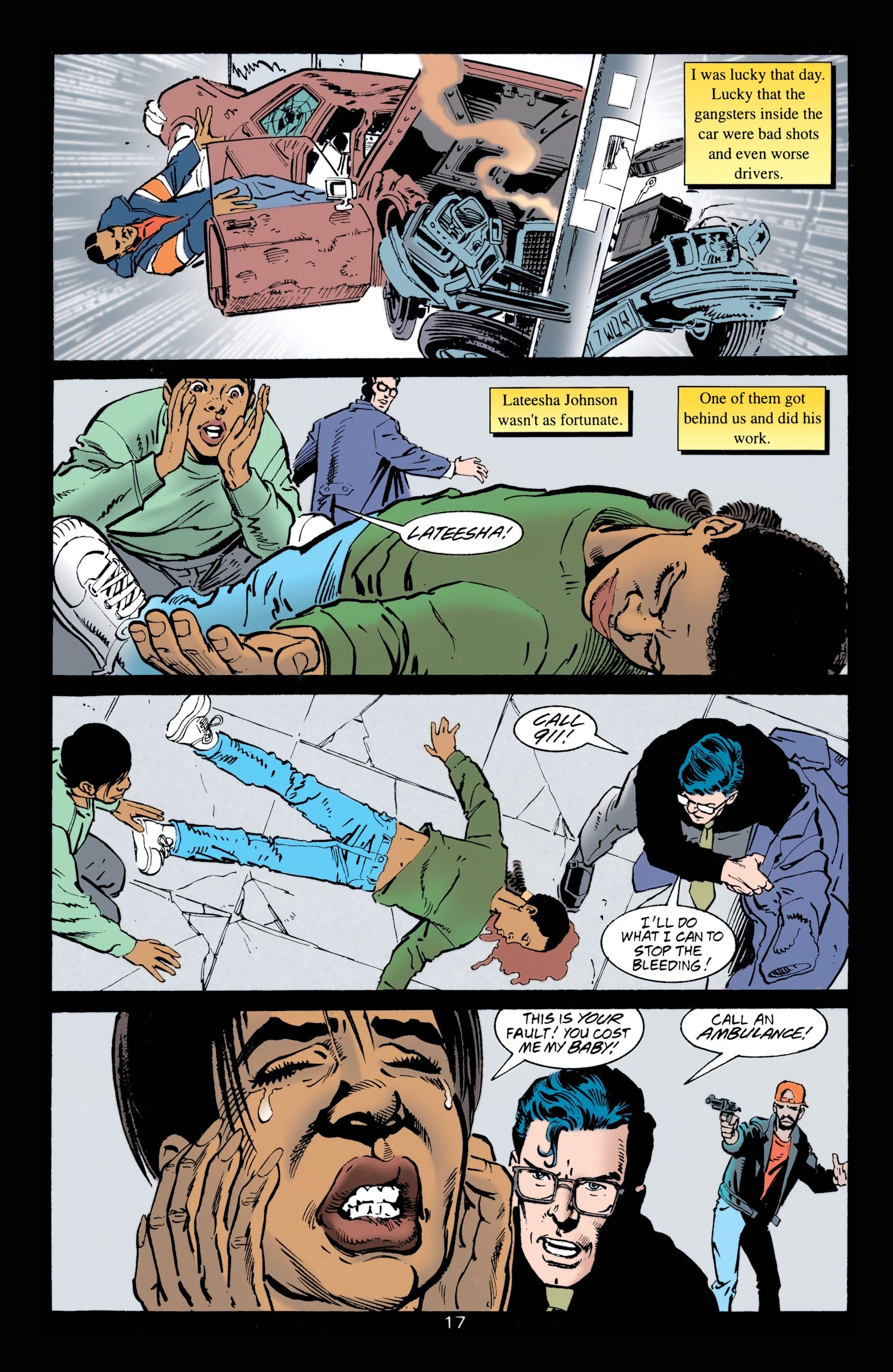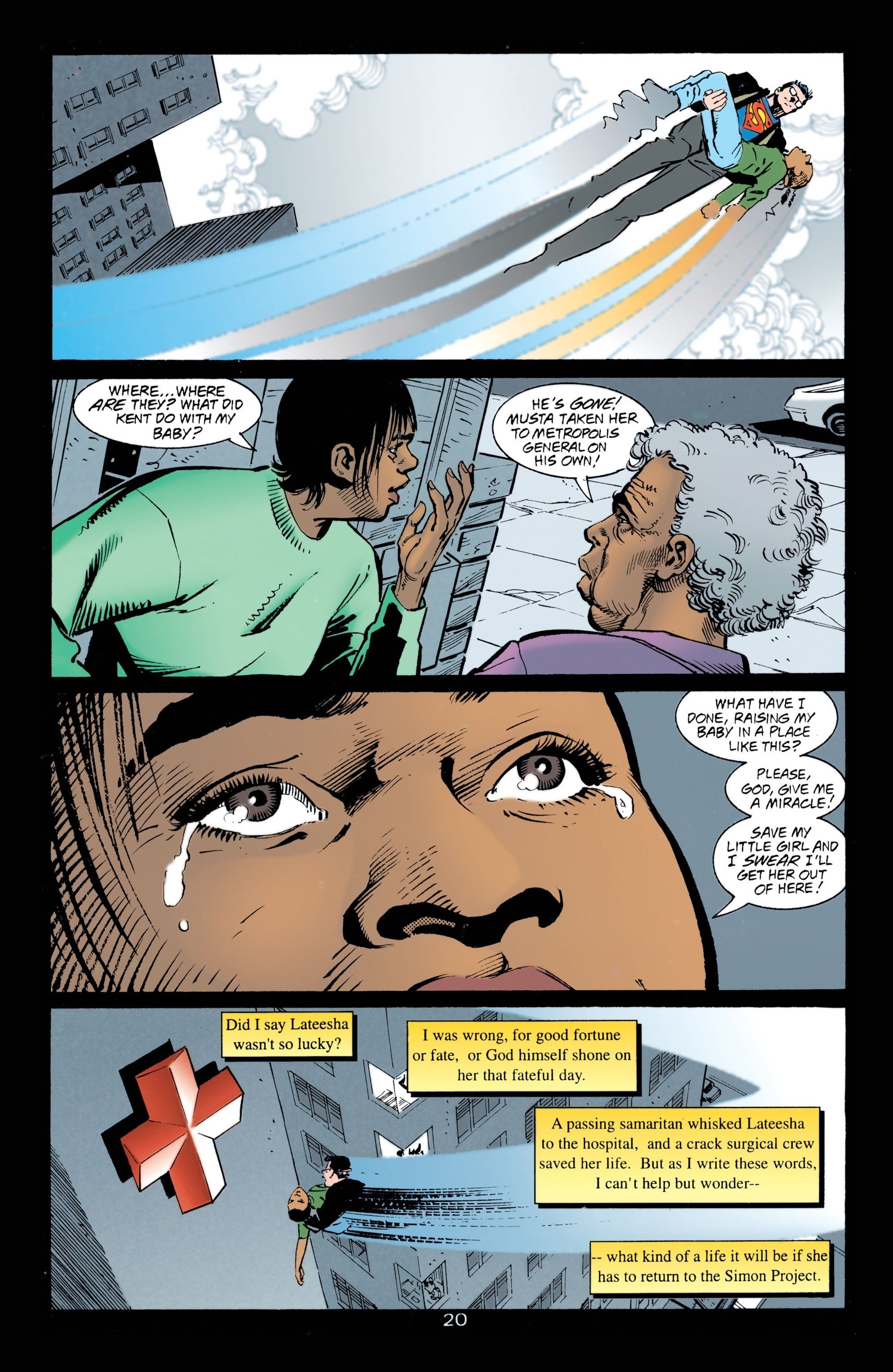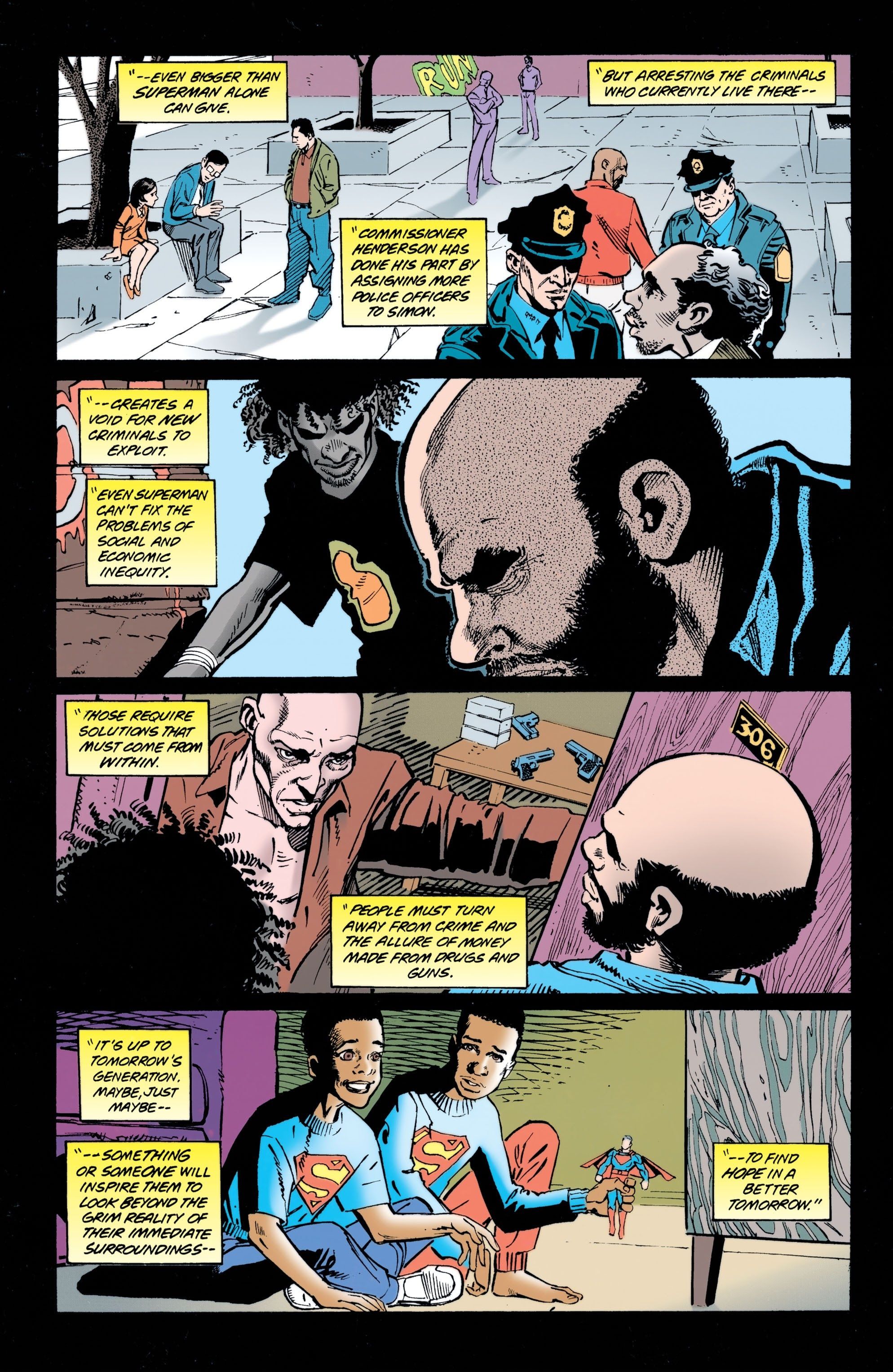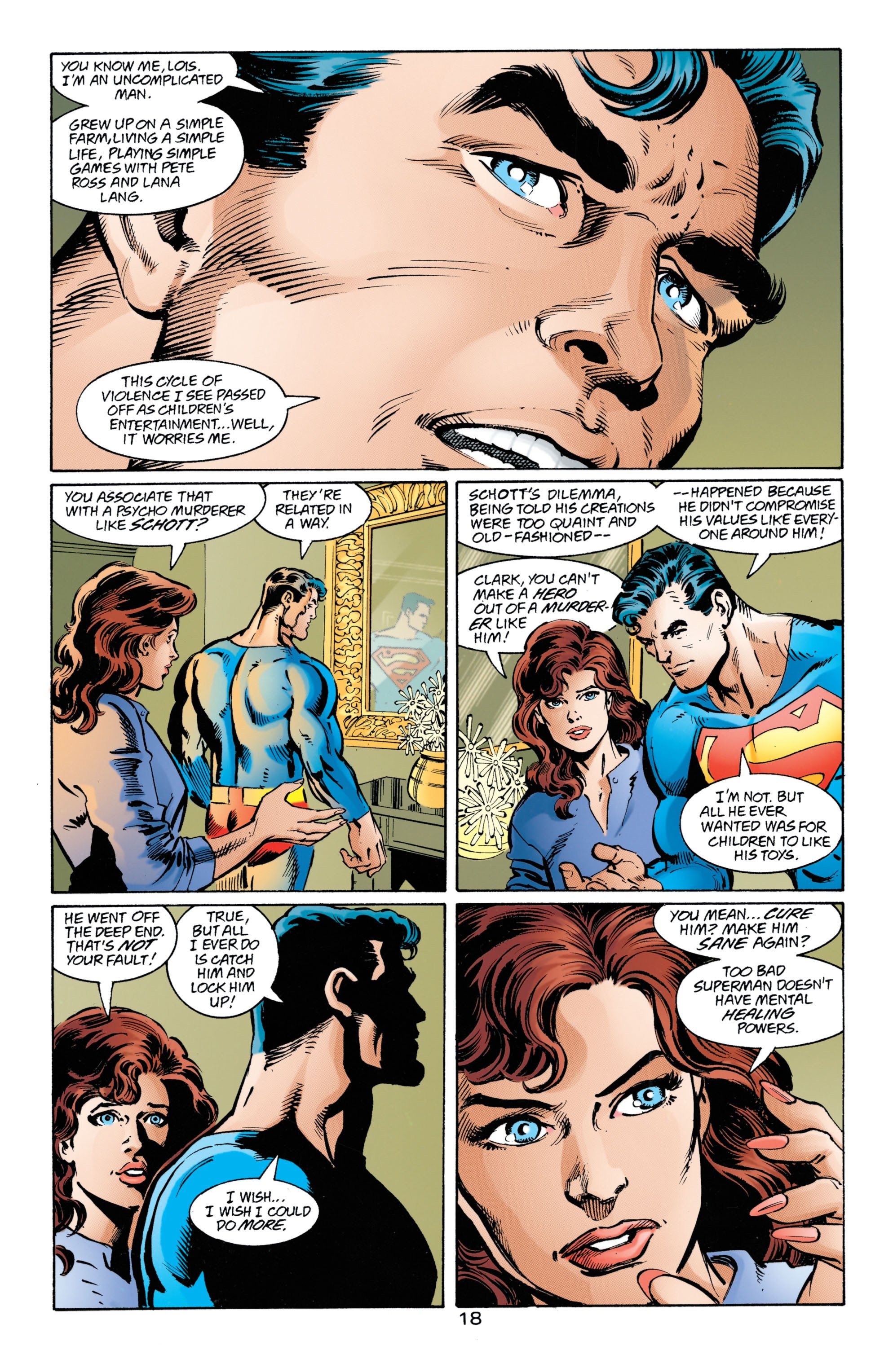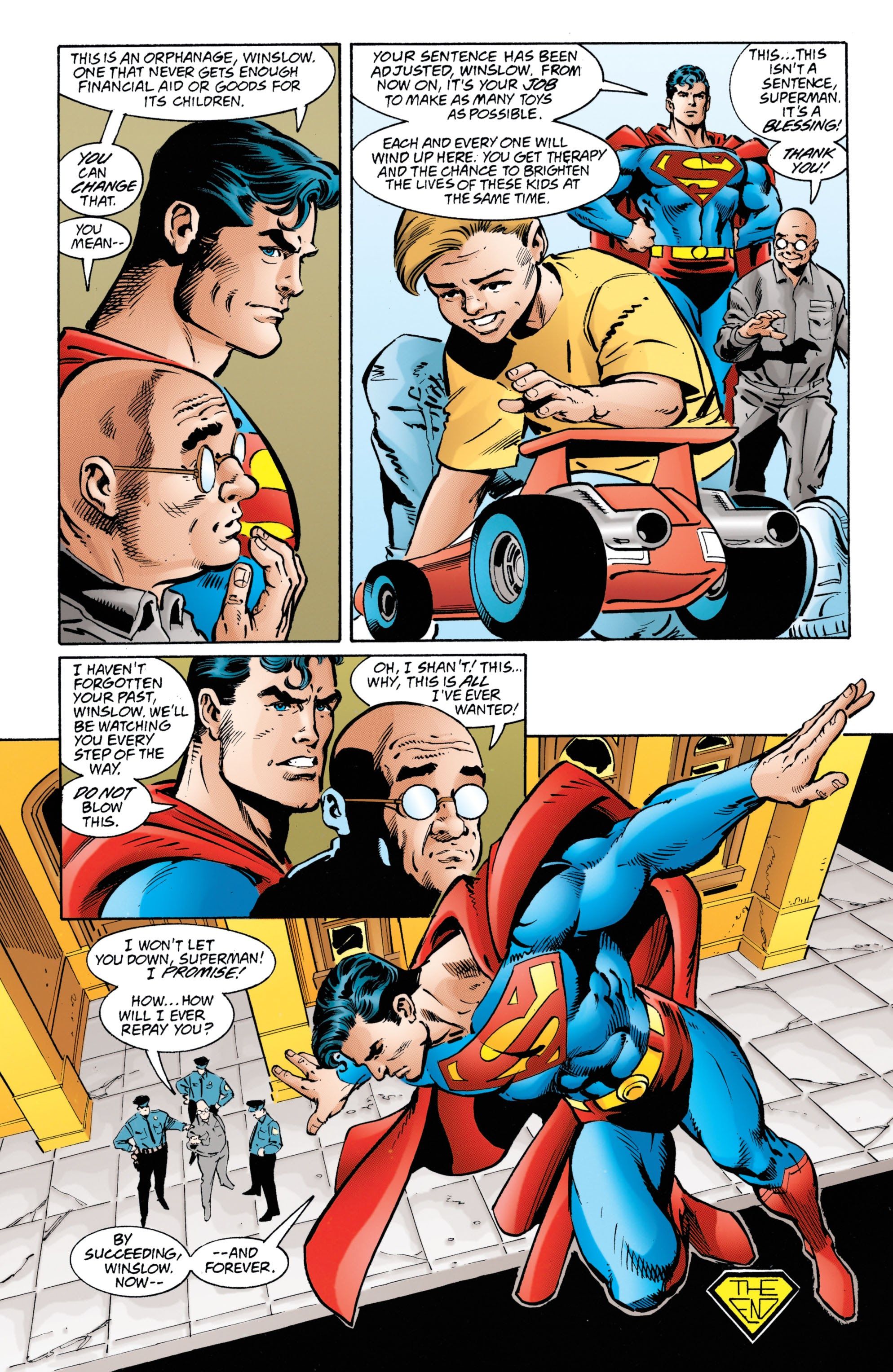Today, we look at how the legacy of the darkest Superman story of the 1990s hung over later Superman stories in the decade.
This is "Look Back," where every four weeks of a month, I will spotlight a single issue of a comic book that came out in the past and talk about that issue (often in terms of a larger scale, like the series overall, etc.). Each spotlight will be a look at a comic book from a different year that came out the same month X amount of years ago. The first spotlight of the month looks at a book that came out this month ten years ago. The second spotlight looks at a book that came out this month 25 years ago. The third spotlight looks at a book that came out this month 50 years ago. The fourth spotlight looks at a book that came out this month 75 years ago. The occasional fifth week (we look at weeks broadly, so if a month has either five Sundays or five Saturdays, it counts as having a fifth week) looks at books from 20/30/40/60/70/80 years ago.
We go back to January 1997 for a story in Superman #121 by Dan Jurgens and Joe Rubinstein that saw the effects of a past Superman story hang over it.
WHO IS CAT GRANT? WHO IS ADAM GRANT?
In general, when John Byrne and Marv Wolfman took over the rebooted Superman titles in early 1987, the series were more similar to the Pre-Crisis Superman stories than they were different, but the differences definitely stood out. One of the most notable examples was the decision to have Clark Kent become a much more prominent character in the series (Cary Bates and Elliot S! Maggin had some similar stuff with Kent in the past, but never to this extent) and the introduction of Cat Grant by Wolfman and Jerry Ordway was a big part of this new approach.
When she showed up, she had a "Meet Cute" with Clark Kent in Adventures of Superman #424 (Mike Machlan inks on Ordway)...
And she was totally smitten by the bespectacled reporter...
This was a clever way of showing how far Clark Kent has come that not only would someone like Cat Grant be interested in him, but how it sort of created a whole new sort of love triangle for the Superman books as now being between Clark, Cat and Lois (there was briefly a similar deal with Lana Lang, but it was obviously very rare for two women to be going after Clark Kent).
Five issues after we meet Cat Grant, we also learned that she had a son, Adam...
By the end of the issue, she and Adam were reunited...
THE TRAGEDY OF ADAM GRANT
Over time, Adam came to live with his mother and they slowly grew to form a loving relationship. That, though, changed tragically in Superman #84 (by Dan Jurgens and Joe Rubinstein), where the crazed villain Toyman had snapped, feeling that modern toys were far too violent, so he began to kidnap children to "protect" them from the outside world.
He then kidnaps Adam, who was dressed as Superboy for a Halloween party at the Daily Planet...
Adam pushes back against Toyman's psychosis, not realizing he is pushing the villain way too far...
When Adam tries to free the other kids, though, it is too much for the Toyman and he murders Adam...
Horrifically, Superman had taken Lois to Paris for a fun dinner, so neither Clark Kent and Lois Lane nor Superman were here for Cat in her time of need, which hits them hard when they return to the Planet that night...
Holy darkness, right?
SUPERMAN WON'T FAIL A SECOND TIME
Interviewed about Adam Grant by Everybody's Hometown Geek a few years ago, Jurgens had some fascinating thoughts on the story:
I have said before that, as creators we all have a couple of stories we wished we could do over again, sometimes I think that would be one that I might [do over.] For those that don’t know, in that story, Adam Grant dies…and it’s not that Superman failed, but Superman didn’t succeed. I don’t think every story has to have a happy ending, by any means, but I think it ultimately ended up being something of a good story for Cat Grant. And we debated this, when we were putting that story together at the time… should Superman… like I said he didn’t fail, but he didn’t find Adam in time and Adam died. I think that Superman did not succeed and that to me is something that should always be considered somewhat carefully and I’m not saying that I regret doing the story, but i’m not sure that today, for example, if we were going to redo that, I wouldn’t have it end the same way. It was different for the books at the time. I think it’s important to have a sense of loss in our stories from time to time and that certainly did.
Looking back, it sure seems like Jurgens was affected by the Adam Grant story, as Jurgens stopped drawing Superman with 1995's Superman #100, but while he continued as the writer of the book until #150 and delivered a number of covers for the book, he only drew two issues in that period.
The first one was Superman #121, from 25 years ago, where Clark Kent is investigating the drug trade in Metropolis' Suicide Slum and tries to convince a little girl who witnessed a murder to come forward, despite her mother insisting that she not do so...
Superman flies around the projects and destroying all of the guns of the gang to keep the little girl safe. However, Lex Luthor enjoys Suicide Slum being a problem, so his men rearm the gang and the little girl is shot in a driveby, as not even Superman could stop every bullet...
Could Jurgens possibly duplicate the Adam Grant tragedy? Of course not. In an epic moment, Clark doesn't even have time to fully turn into Superman before he flies the little girl to a hospital...
Mr. Jupiter (from Jurgens' Teen Titans run) helps the little girl and her mother move out of the projects, and the mother talks about how much hope Superman brings...
The legacy of that Adam Grant hung heavy over this excellent issue.
Jurgens' final issue that he drew as well as wrote during his original run was Superman #146 (also finished by Joe Rubinstein) where Toyman helps Superman stop the Prankster from prison and Superman bemoans what he feels is the society that drove Toyman psychotic...
In the end, he gets Toyman a reduced sentence where he will provide toys for an orphanage, bringing a sort of bittersweet coda to the Adam Grant story, which, as I noted, definitely had an effect on Jurgens later in the run...
If you folks have any suggestions for February (or any other later months) 2012, 1997, 1972 and 1947 comic books for me to spotlight, drop me a line at brianc@cbr.com! Here is the guide, though, for the cover dates of books so that you can make suggestions for books that actually came out in the correct month. Generally speaking, the traditional amount of time between the cover date and the release date of a comic book throughout most of comic history has been two months (it was three months at times, but not during the times we're discussing here). So the comic books will have a cover date that is two months ahead of the actual release date (so October for a book that came out in August). Obviously, it is easier to tell when a book from 10 years ago was released, since there was internet coverage of books back then.

